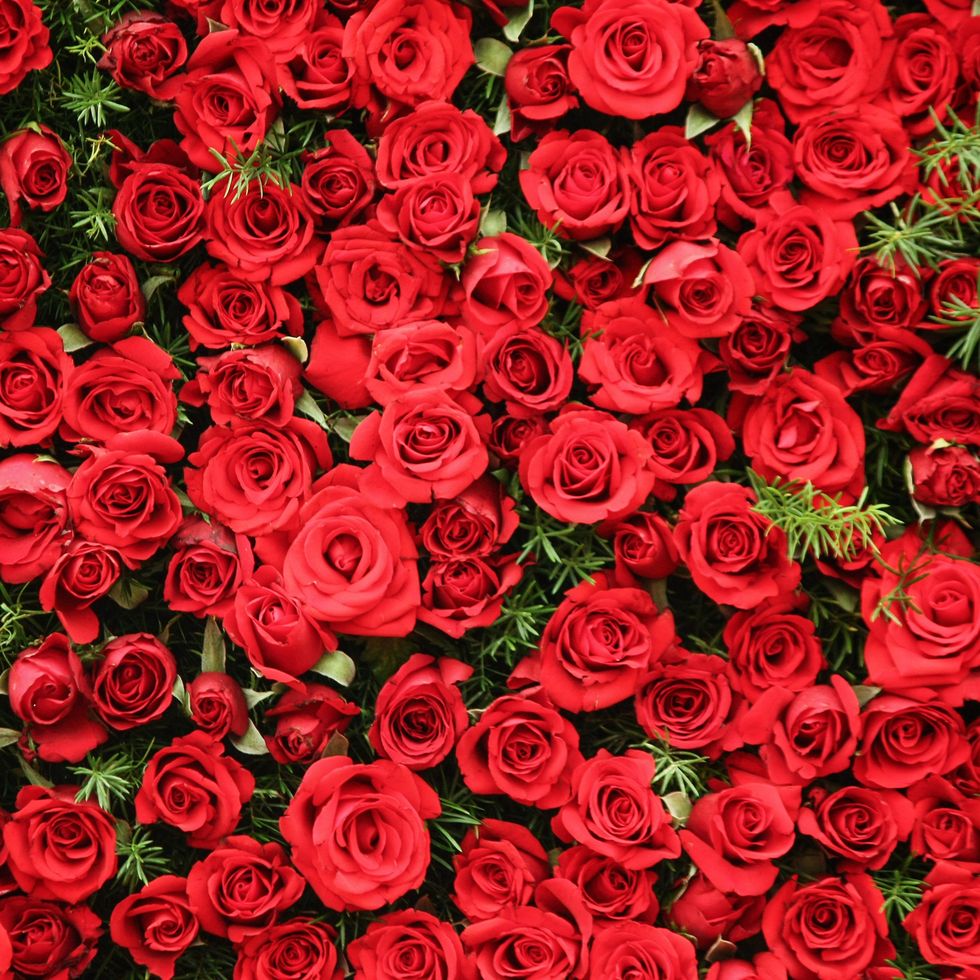The rose, scientifically known as Rosa, is one of the most beloved and iconic flowers across cultures worldwide. Renowned for its exquisite beauty, aromatic fragrance, and symbolic significance, the rose has been cultivated for centuries and holds a special place in various aspects of human life.
Botanical Characteristics: The rose belongs to the Rosaceae family and the genus Rosa. There are over a hundred species of roses, and they come in a wide array of colors, including red, pink, white, yellow, and more. The flowers are typically five-petaled, though the number of petals can vary depending on the specific cultivar. Roses are deciduous or evergreen shrubs or climbing plants.
Cultural Symbolism: The rose has a rich cultural and symbolic history. It is often associated with love and beauty, making it a popular choice for expressing romantic sentiments. Different colored roses convey different meanings. For example, red roses are a classic symbol of love and passion, white roses signify purity and innocence, yellow roses represent friendship and joy, and pink roses are associated with gratitude and admiration.
Literary and Artistic Significance: Roses have been a recurring motif in literature, poetry, and art throughout history. Poets and writers frequently use the image of a rose to symbolize beauty, love, and the fleeting nature of life. In art, roses are depicted in paintings, sculptures, and other forms as emblems of beauty and perfection.
Cultivation and Varieties: Roses are cultivated in gardens worldwide and are known for their adaptability to different climates. There are numerous varieties and cultivars of roses, including hybrid teas, floribundas, climbers, and shrubs. Rose enthusiasts often engage in rose breeding to create new and unique varieties, each with its own combination of color, fragrance, and form.
Perfume and Essential Oils: The fragrance of roses is highly valued in the perfume industry. Rose essential oil, derived from the petals through distillation, is used not only in perfumes but also in aromatherapy for its calming and mood-enhancing properties. Rosewater, a byproduct of the distillation process, is used in cosmetics and culinary applications.
Culinary Uses: Rose petals are edible and are sometimes used in culinary creations. They can be added to salads, desserts, and beverages to impart a subtle floral flavor. Rose hips, the fruit of the rose plant, are also used to make jams, jellies, and herbal teas.
Medicinal Properties: Rose petals are believed to have various health benefits. In traditional medicine, rose extracts have been used for their anti-inflammatory and antioxidant properties. Rose tea is consumed for its potential calming effects.
In conclusion, the rose is not just a flower; it is a cultural symbol, a muse for artists and poets, a source of fragrance and flavor, and a versatile plant with various cultivars catering to different tastes and preferences. Its timeless beauty and rich symbolism continue to make the rose a cherished and enduring element in human culture.
© 2023 . All Rights Reserved by Namauroo.



Reviews
There are no reviews yet.